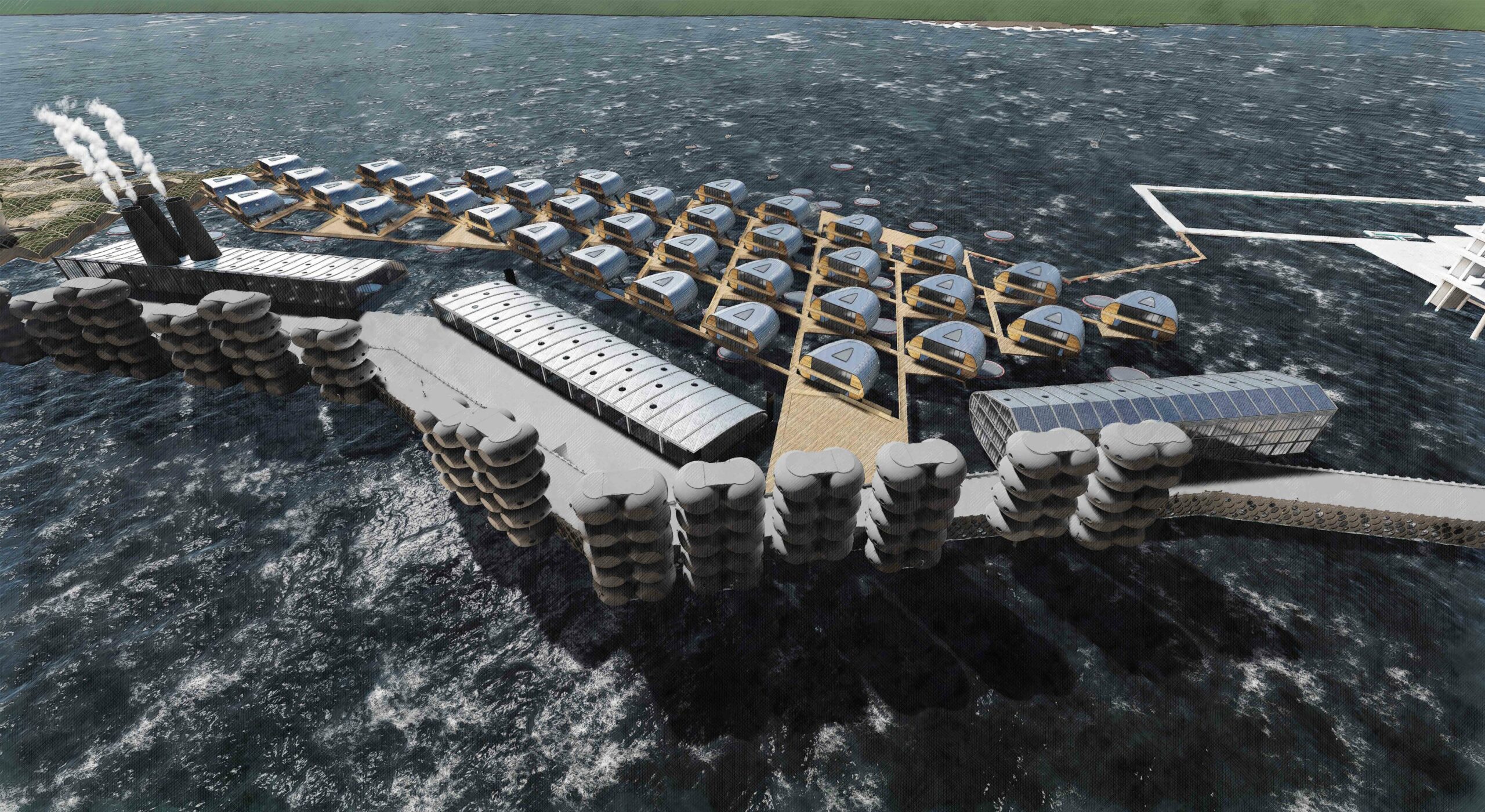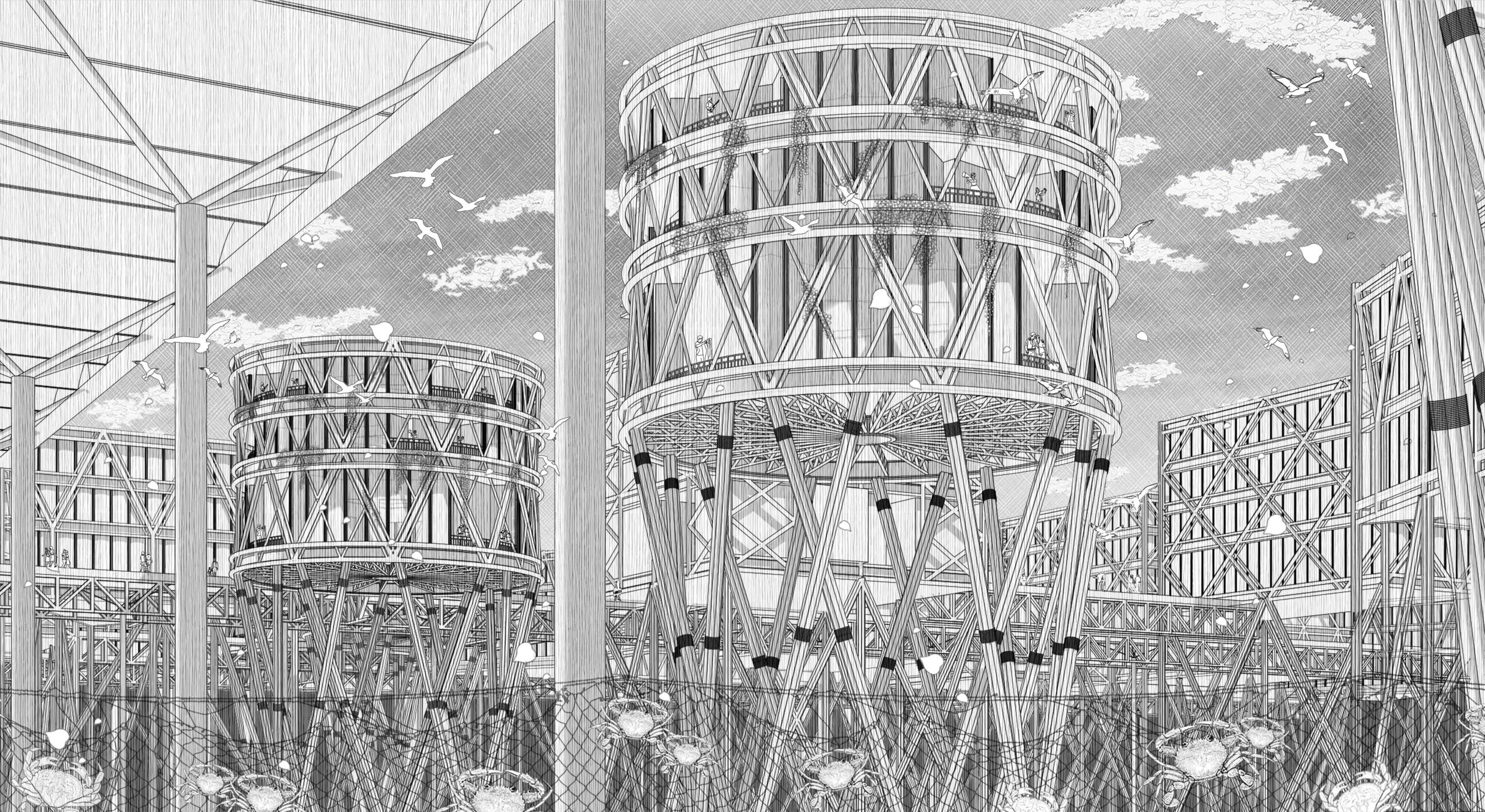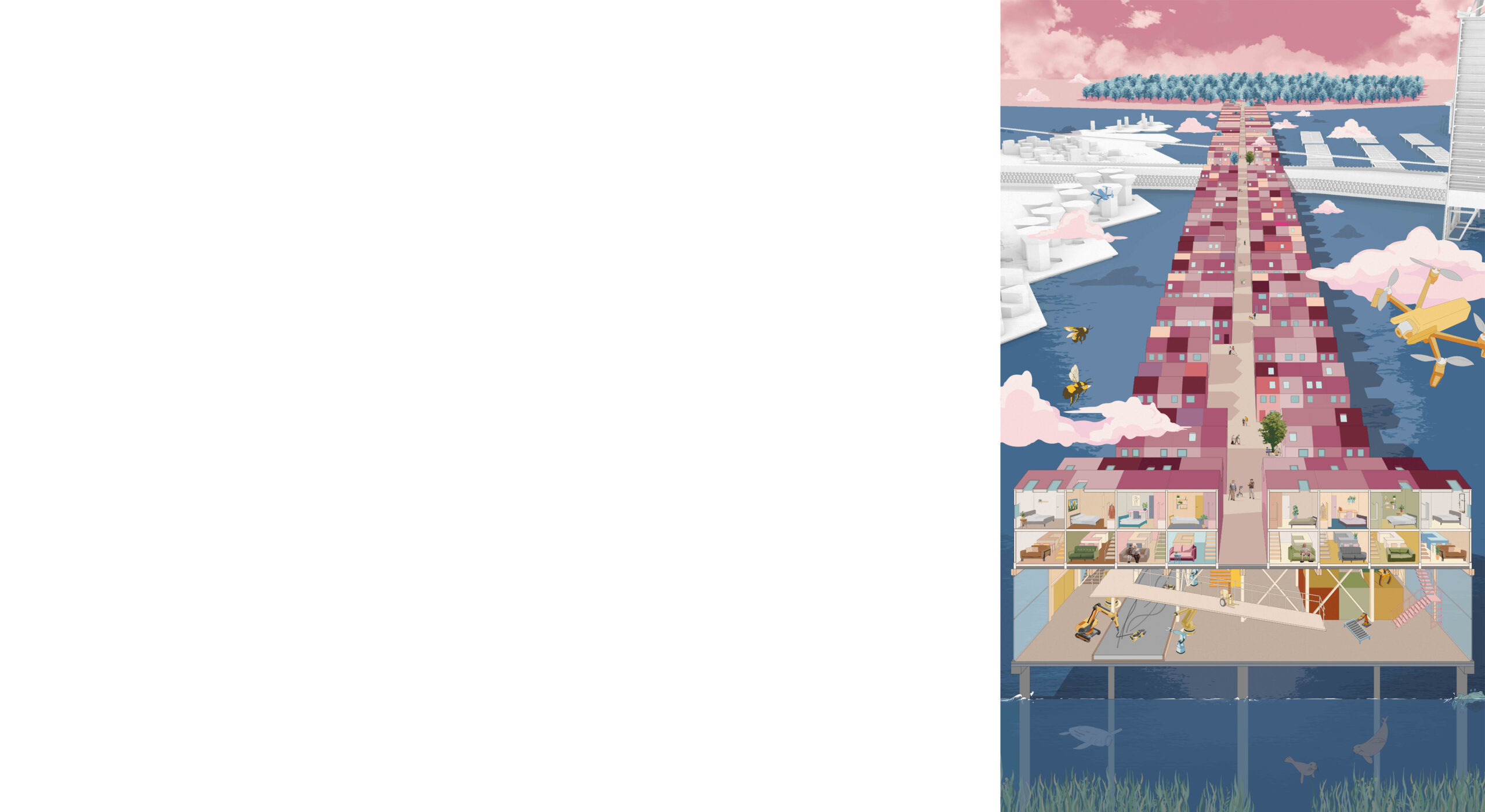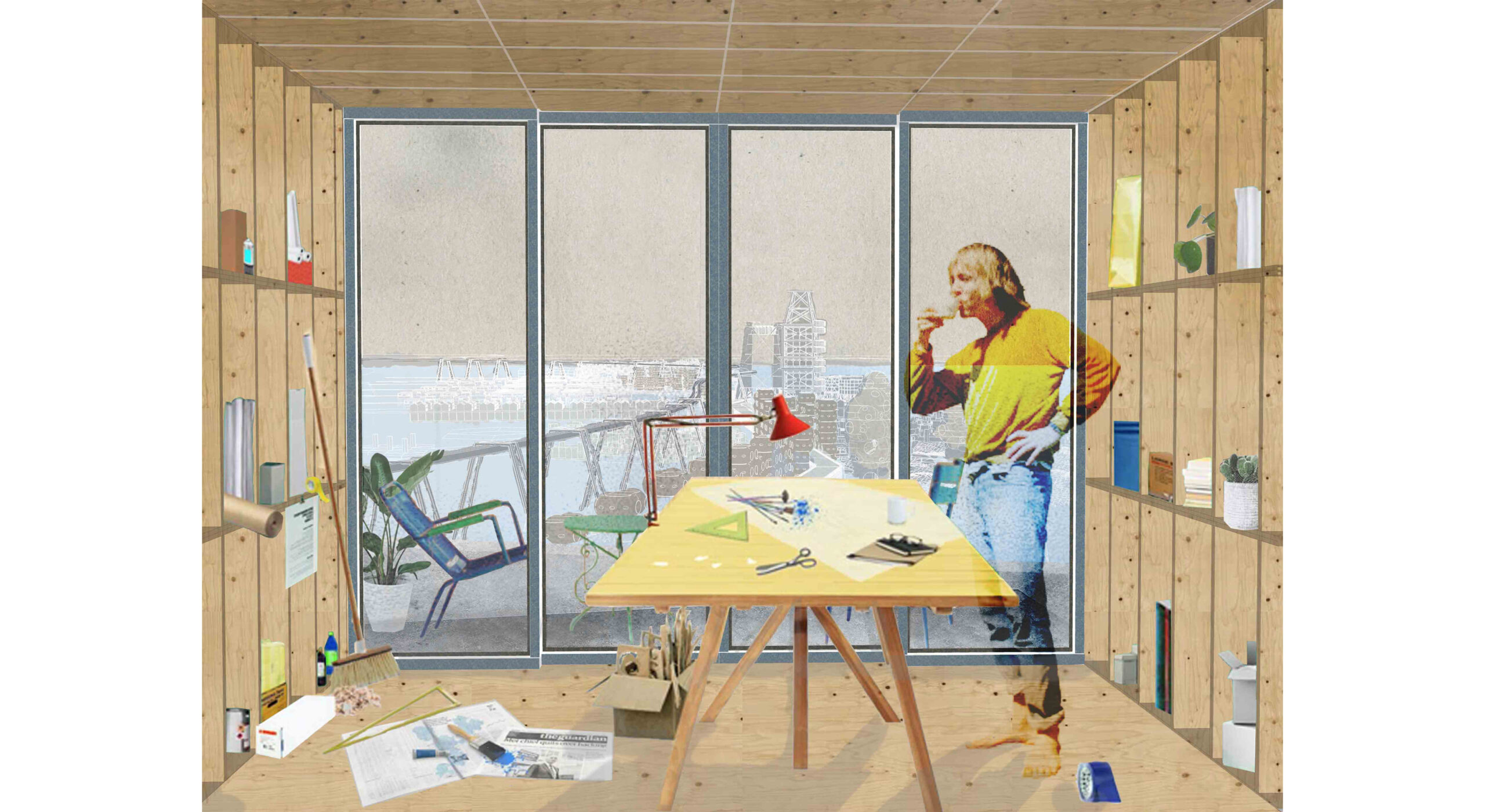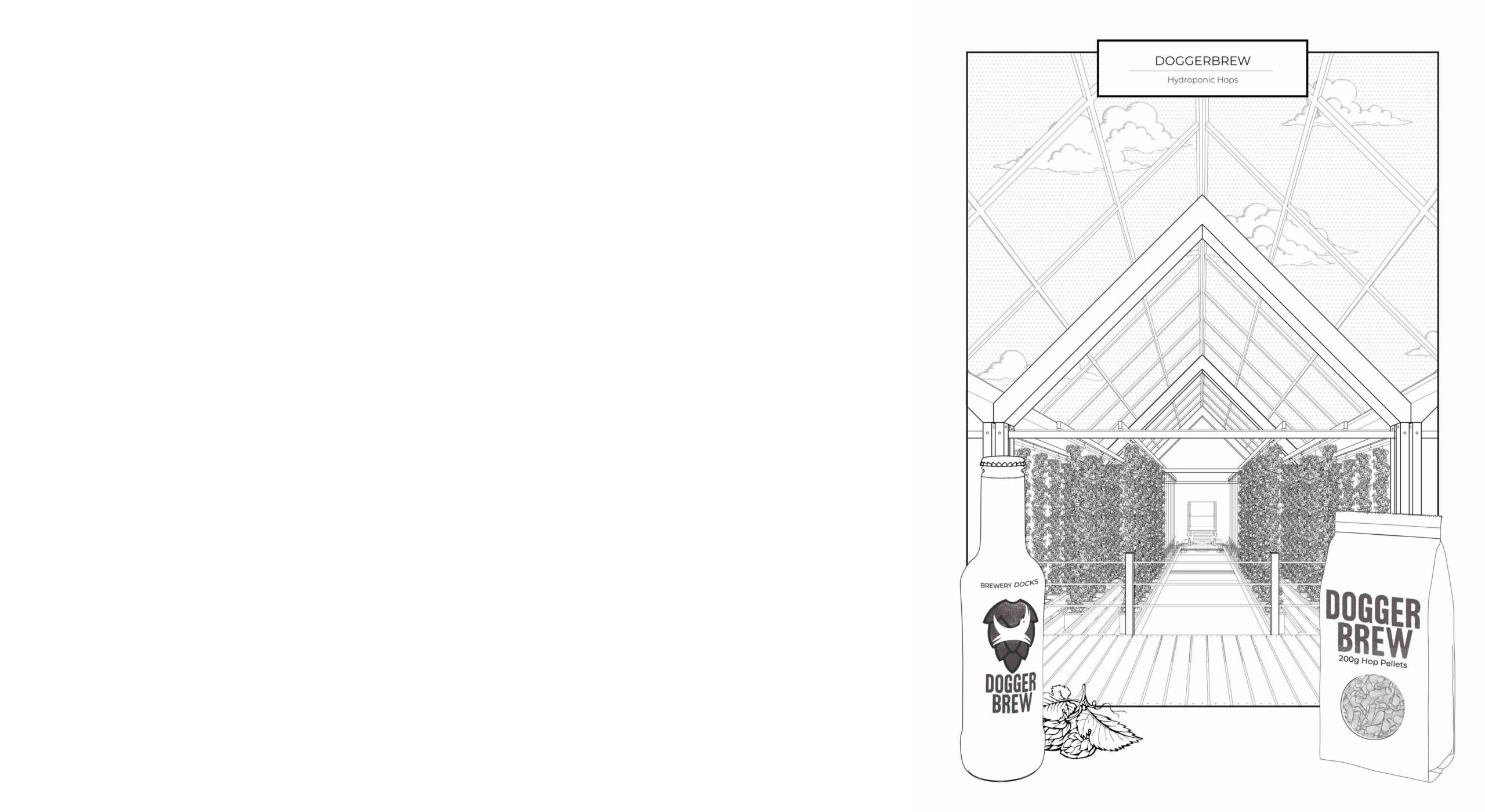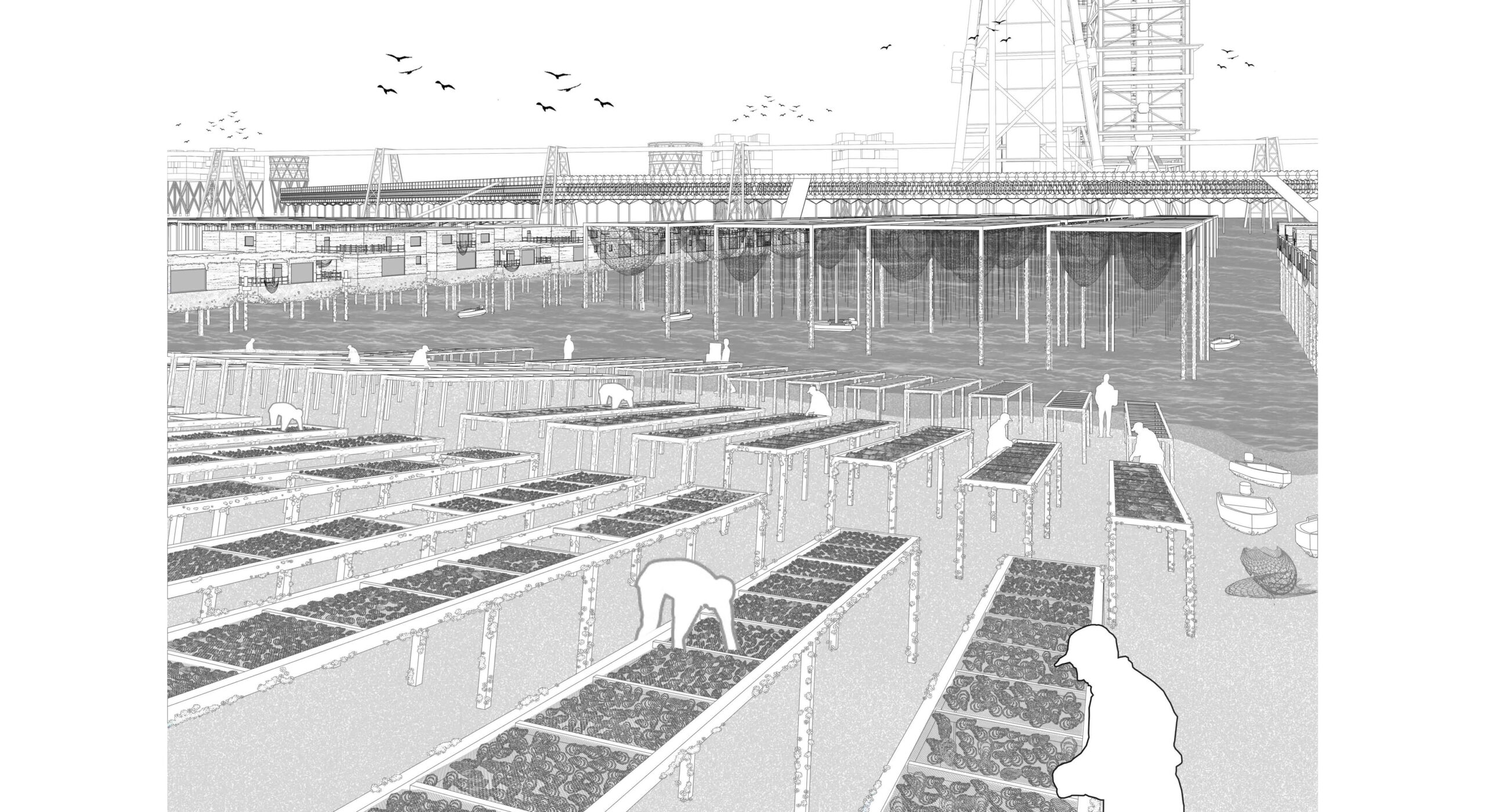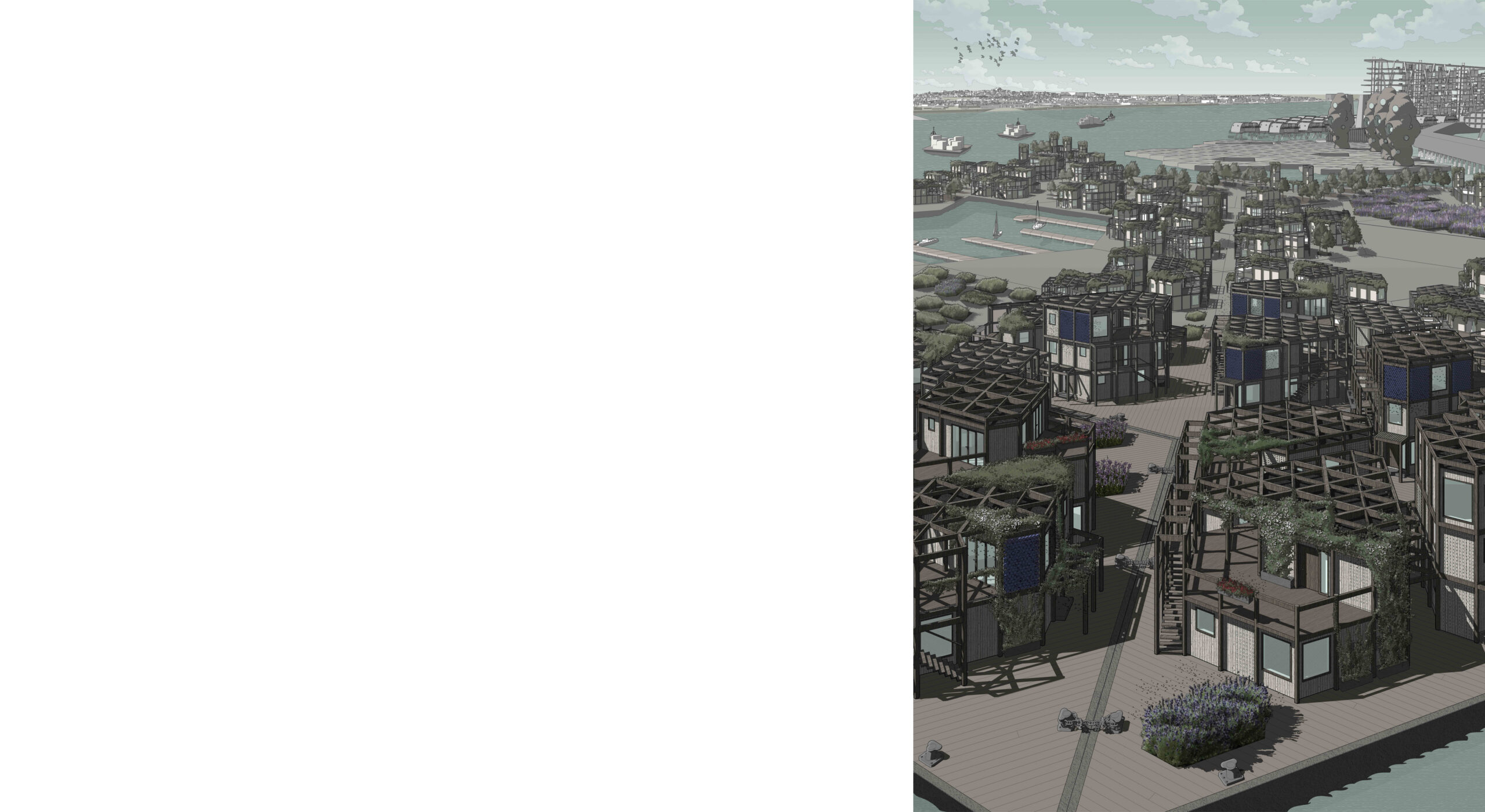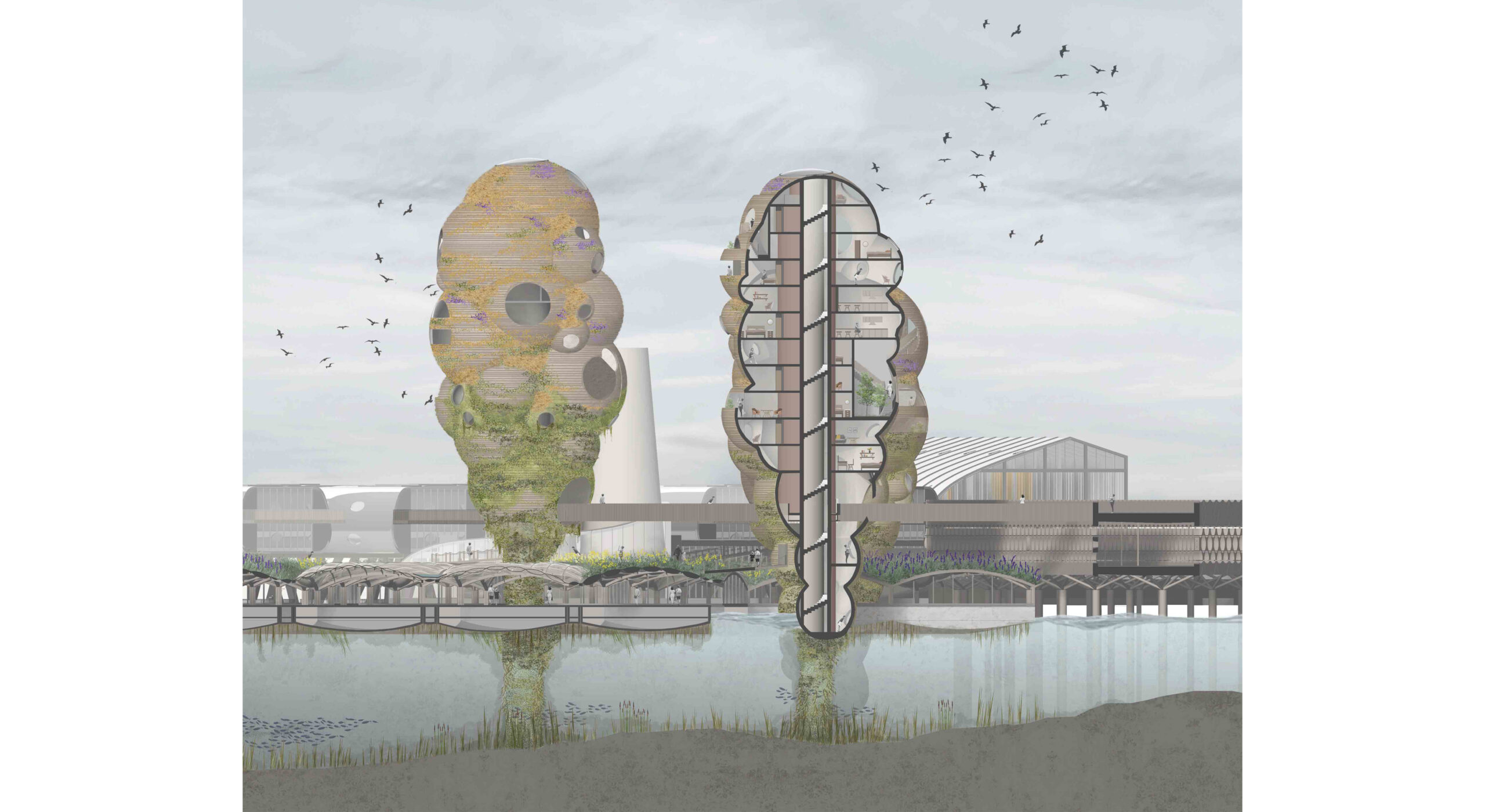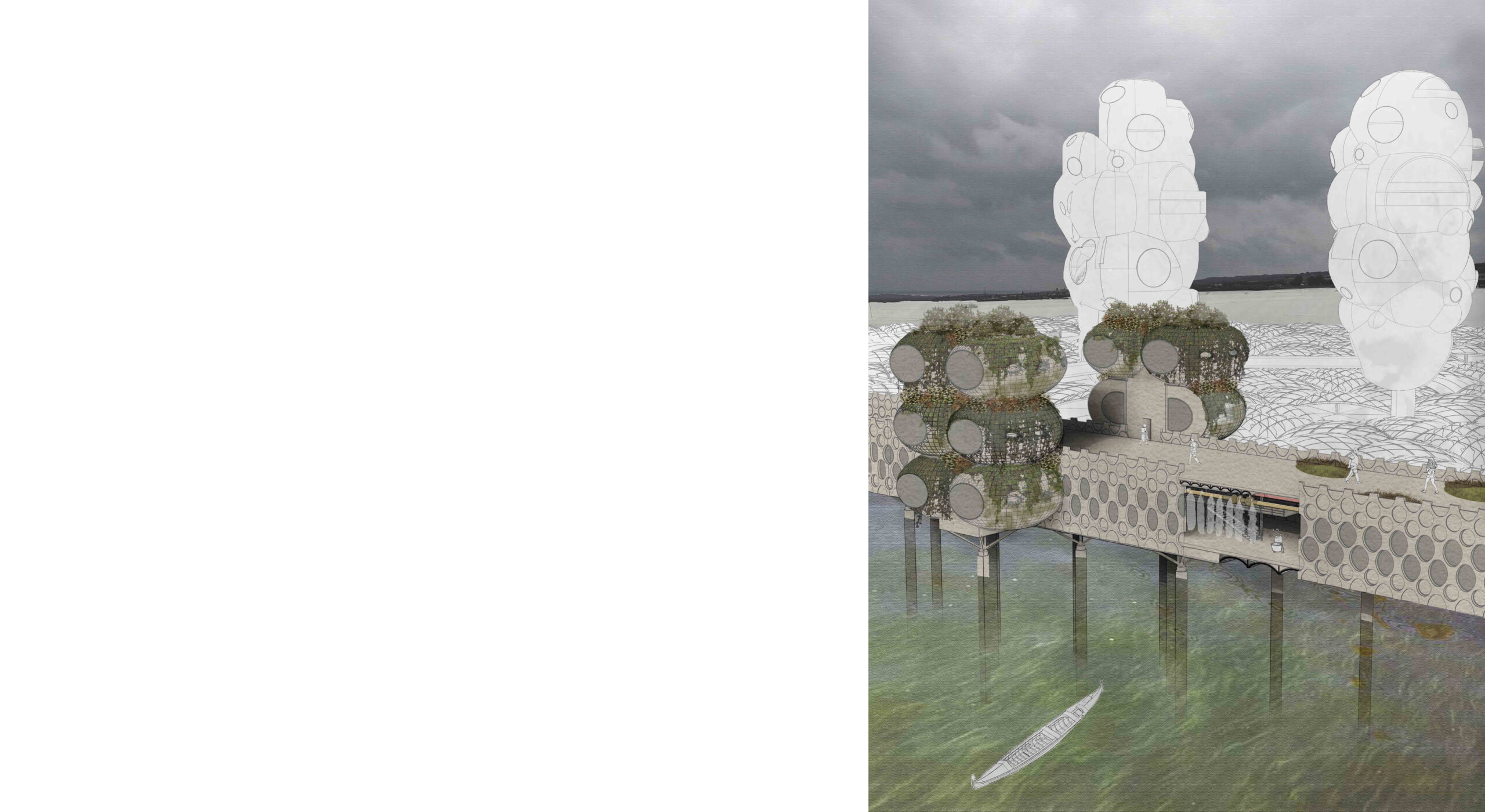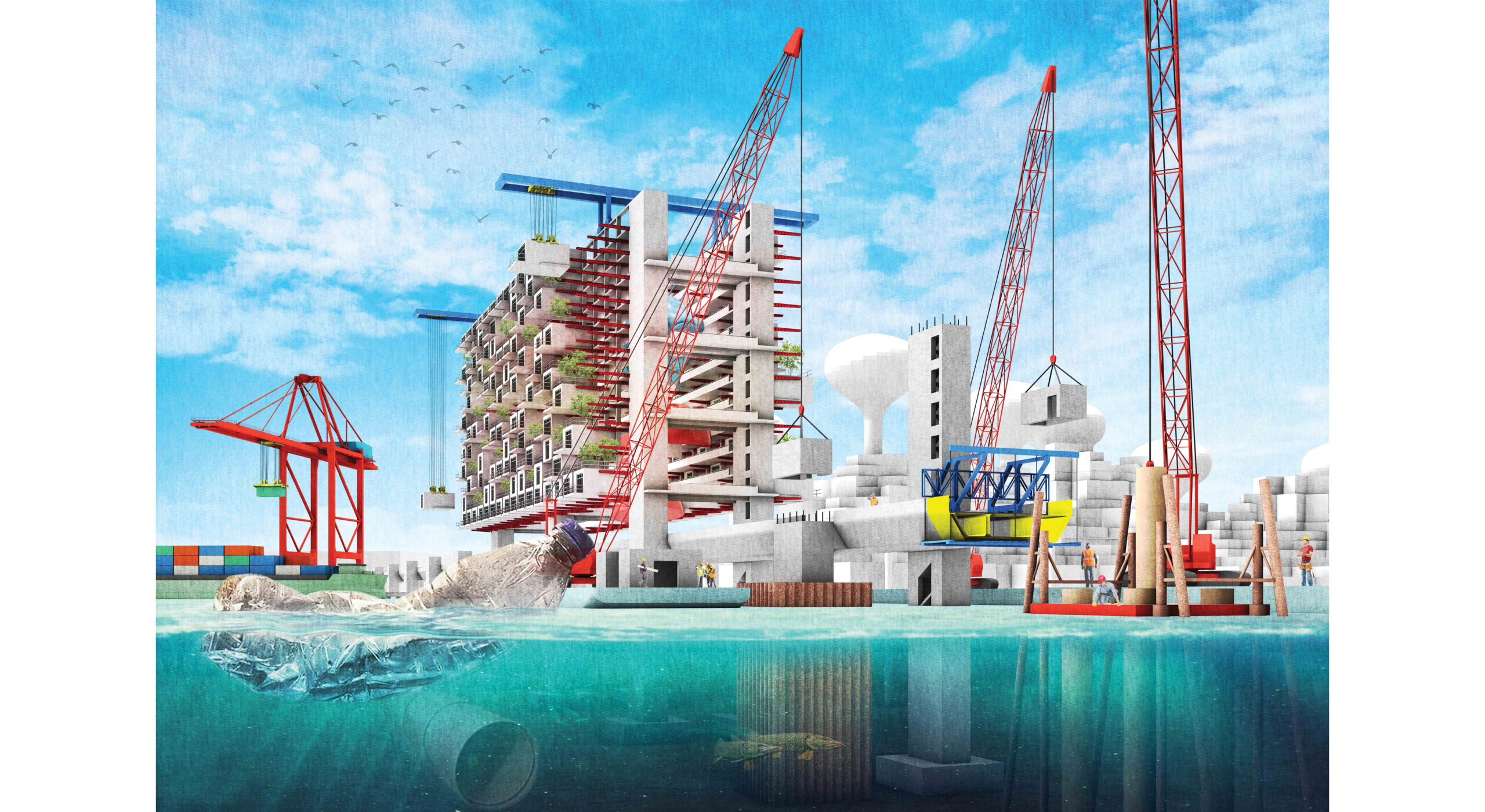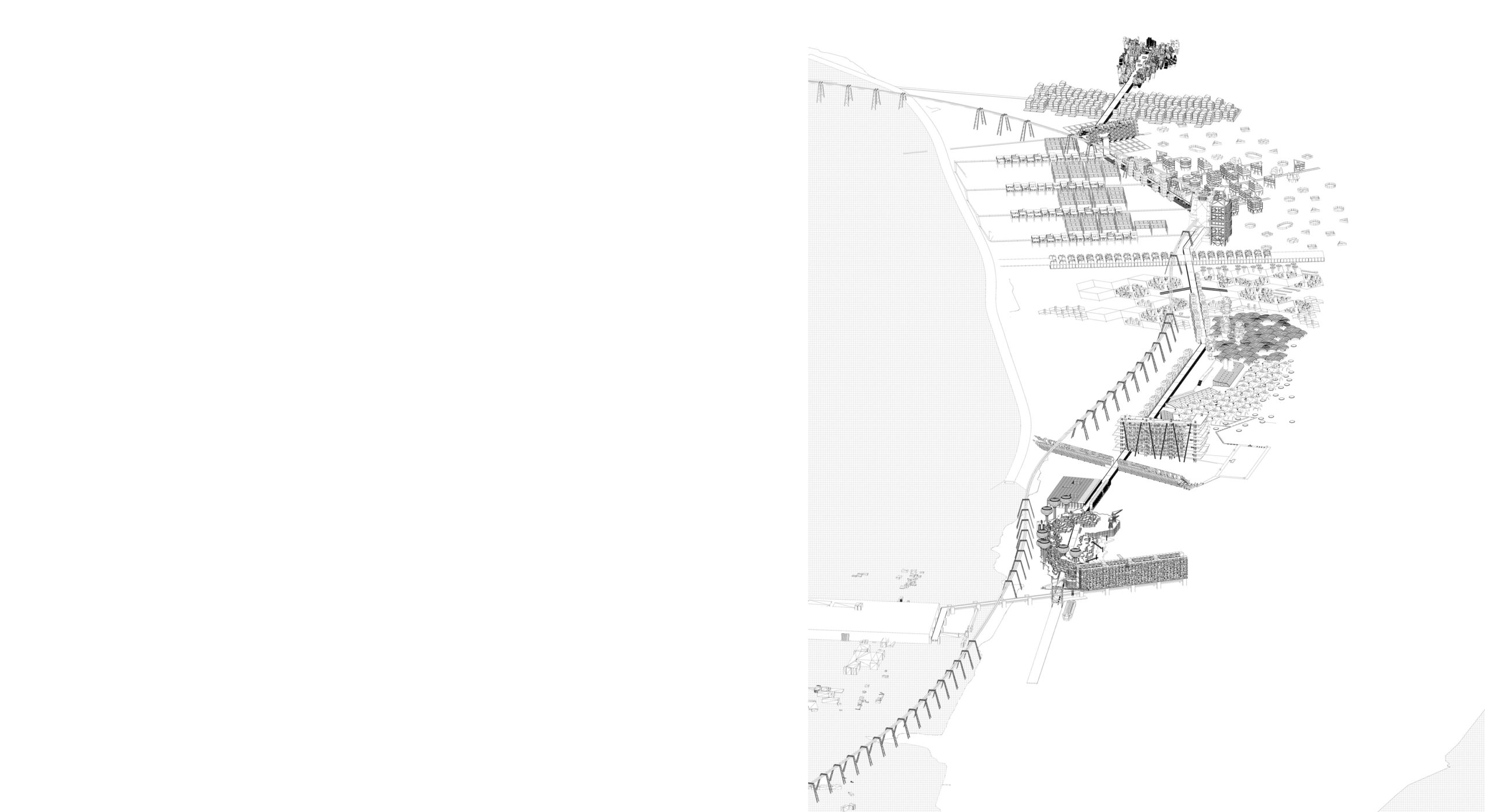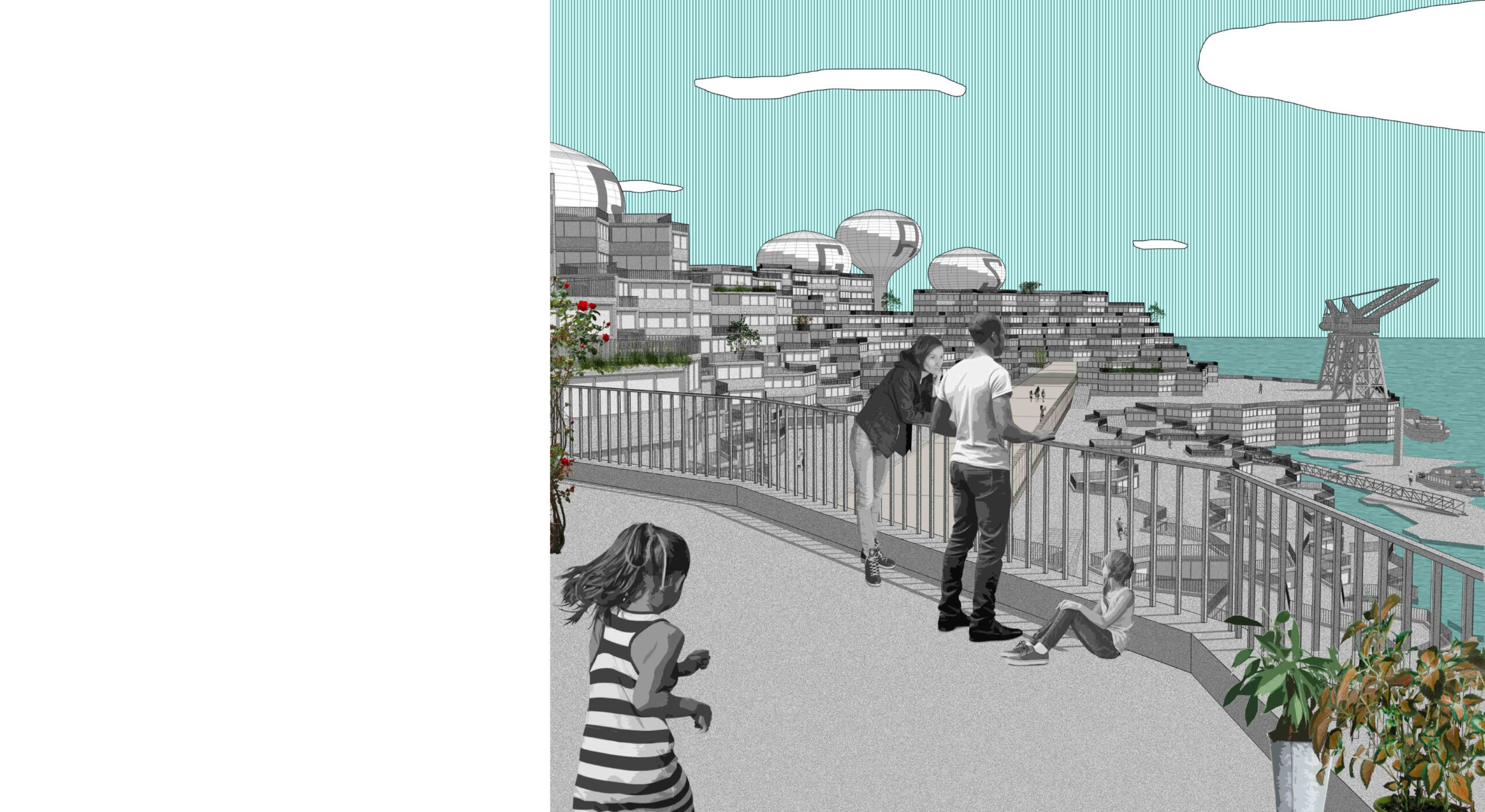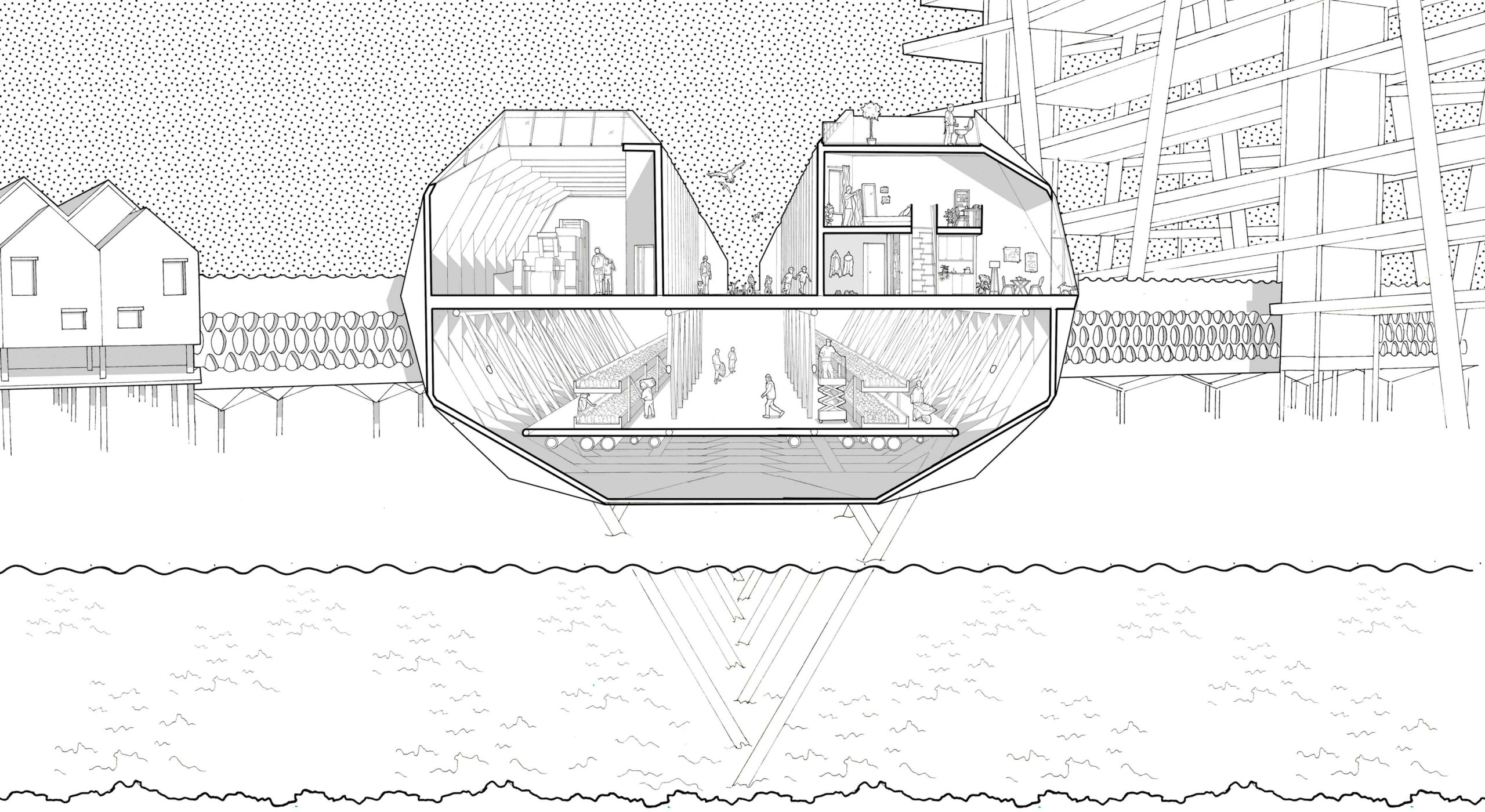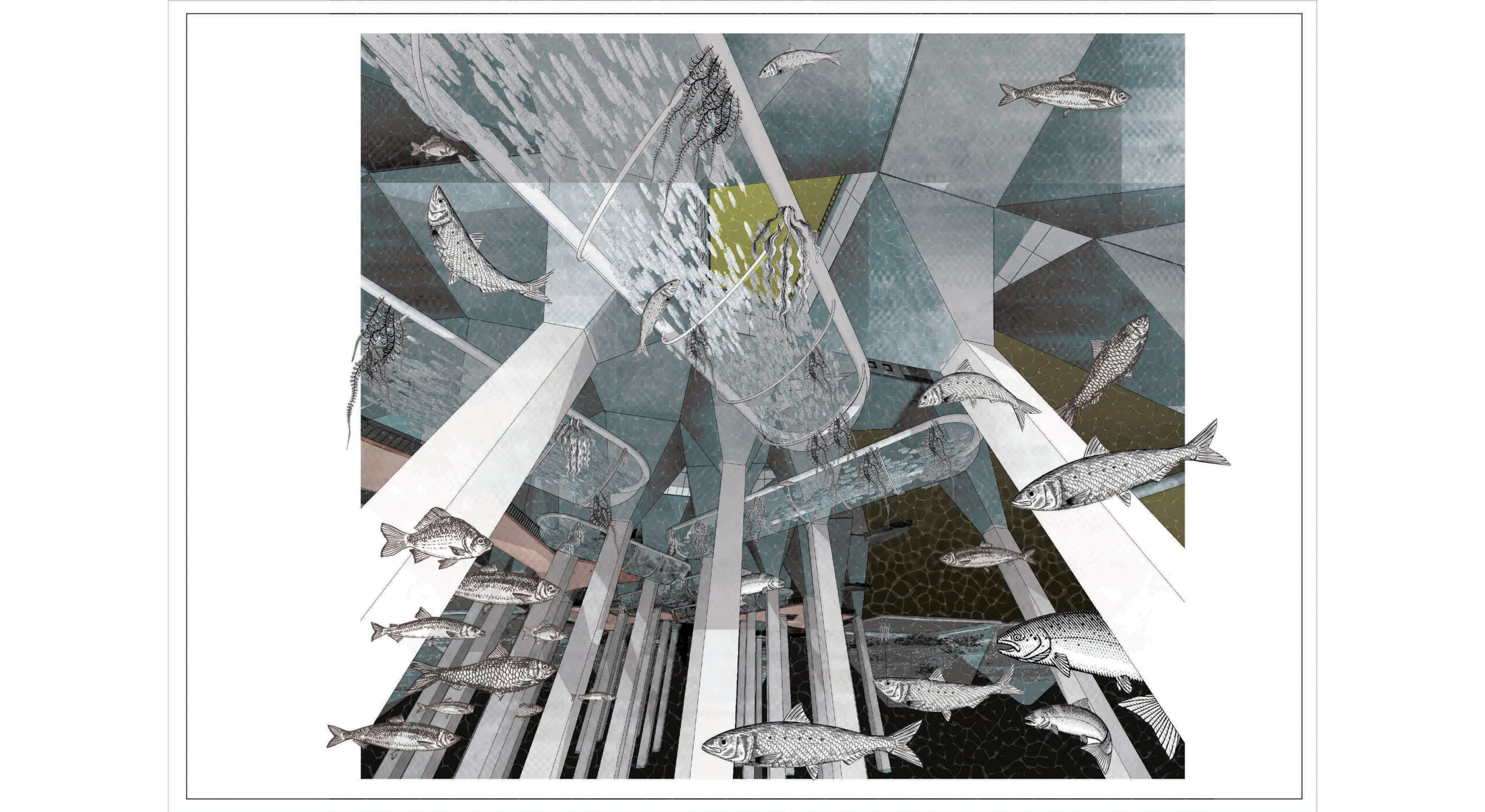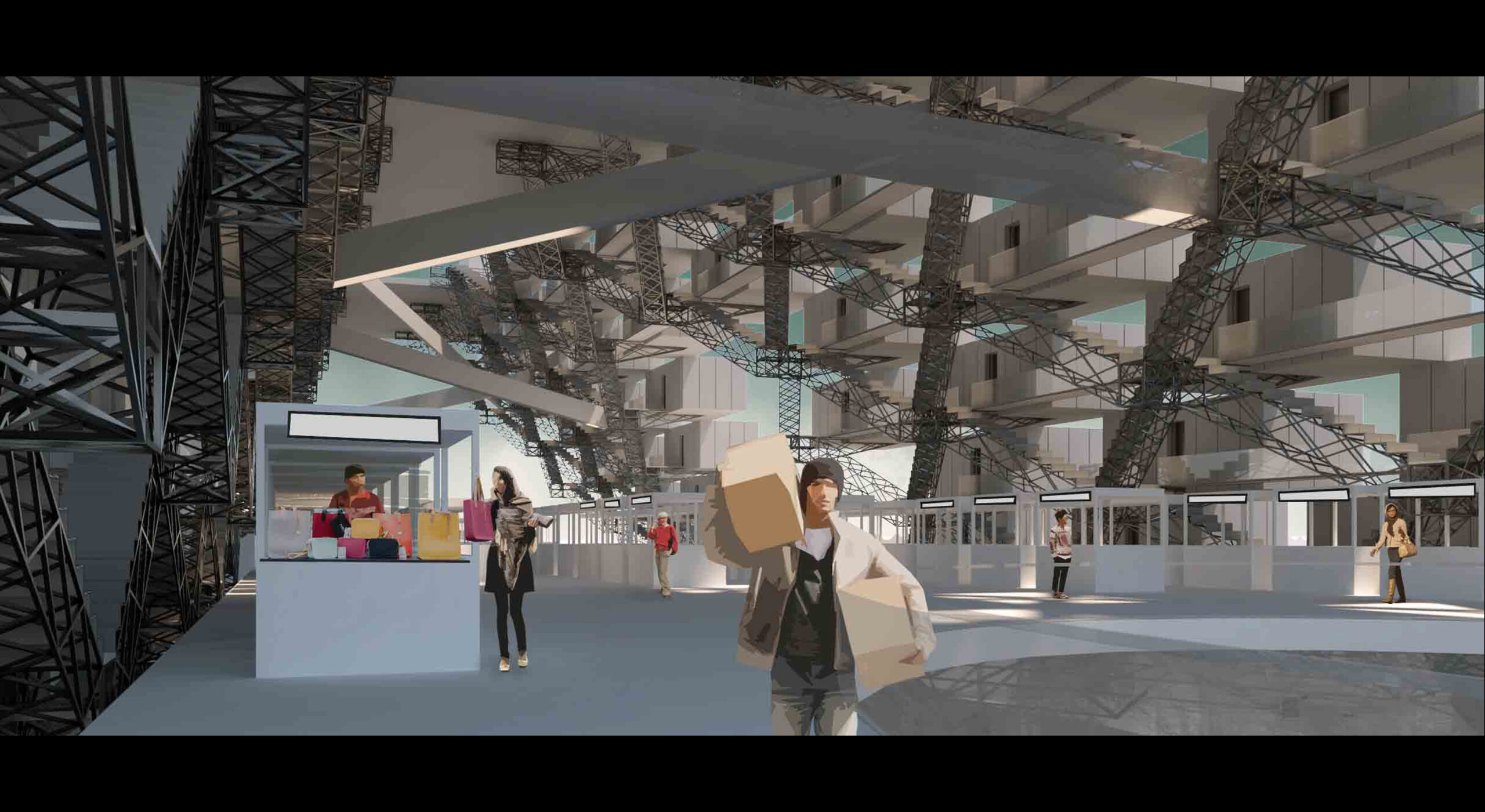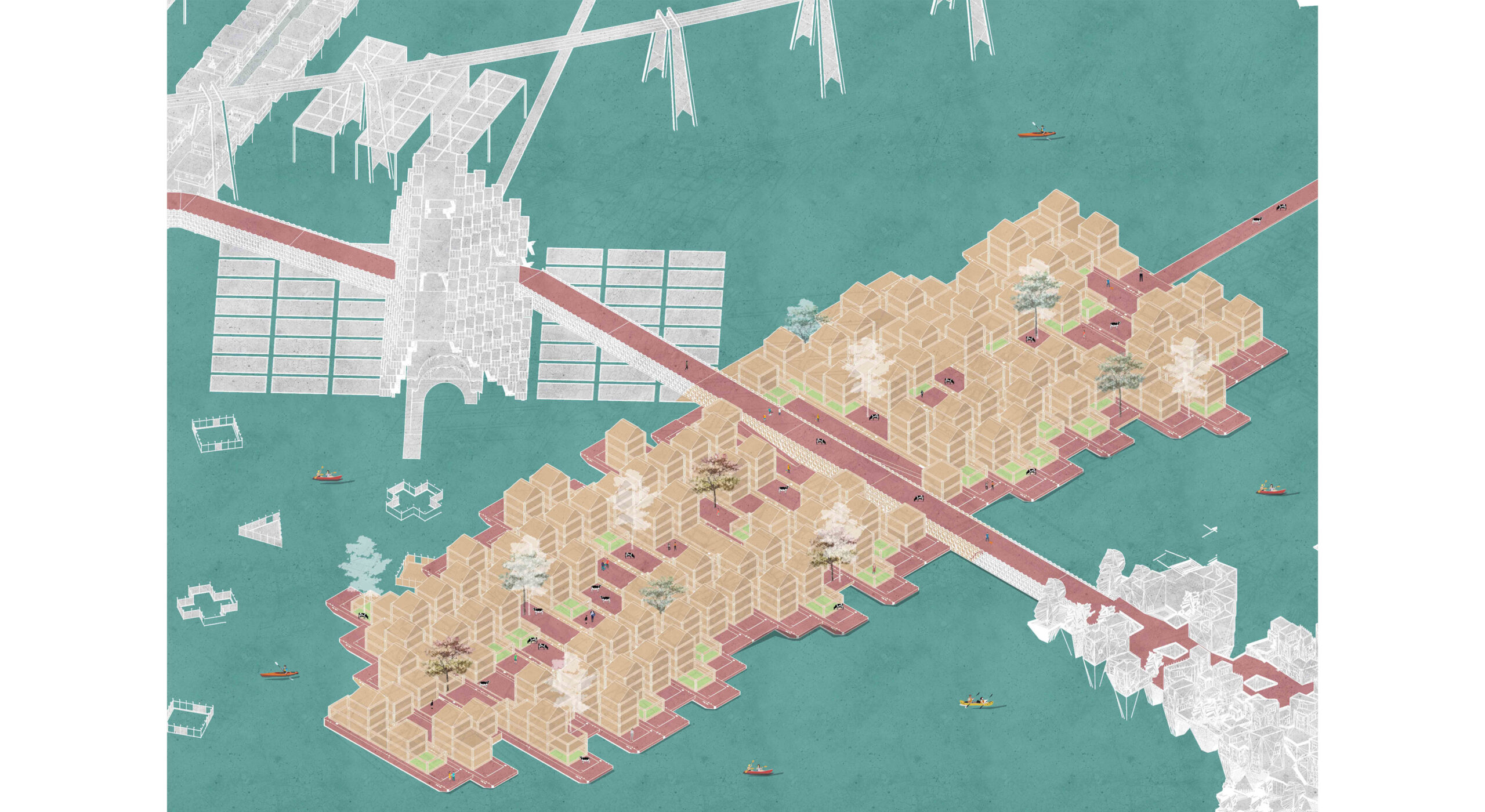Design Studio 12 ARCHIVE
Tutors: Ben Stringer and Peter Barber
Ben Stringer teaches design and cultural context studies at the University of Westminster. Recently he has been publishing articles about architecture and rurality.
Peter Barber has a practice noted for its social housing and urban design projects, mostly around London. He also teaches design studio at the University of Westminster.
Doggerville
Intro
This year we are going to imagine and design a productive populated island in the Thames Estuary. It will include experimental housing, industry and agriculture. It will be a site for new technologies and ideas about settlement form and our future relationships with climate and ecology. A new kind of desakota?
Doggerland is the name given to the fertile and populated terrains that connected Europe and Britain until around 6500 BC when it was submerged under what became the North Sea during the ice age thaw; an event that coincides with the advent of the Anthropocene era. For a while before that the Thames was part of the same river system as the Scheldt, Meuse and Rhine. Now, as sea levels are rising again and as Britain risks further erosion and fragmentation, our task is to imagine a more resilient kind of island settlement, one more in tune with local and planetary ecosystems. Unlike Thomas Moore’s Utopia, Doggerville will be an unsettled site of conflicting opinions and ideals, where nothing can be achieved without contradiction, negotiation and co-operation. Everyone in DS12 will design a part of Doggerville, which will be a mongrel island within which the students’ projects will have to interact with each other.
Brief
The students will all be working on their own projects, which will also be part of a bigger island settlement. Individual parts will include some kind of industry, agriculture, energy production, and another essential space or two (eg a school, clinic, sewage works etc). Each will accommodate about 500 people. So the island as a whole might have a population of 10,000, about the same as live on Roosevelt Island in New York.
We’ll work with ideas of public ownership and funding in our design process, with the aim of imagining somewhere not too far from London that ordinary people can take ownership of. Could the construction of new kinds of urbanity be funded through something like crowd sourcing, industrial co-operatives or community share schemes? We will be designing with one foot outside the property market, in the river, which is ‘publicly owned’.
The health of the Thames’ ecosystems has improved significantly in recent years, and because of the new Thames Tideway ‘super sewer’ it is destined for further revitalisation, the projects’ relationship with the river ecology will be of paramount importance.
But how much will Doggerville cost? Much less than the £4 billion quoted for restoring the houses of Parliament, especially when calculated according to ecosystem economics.
Semester one
Early in semester one, we plan to take a couple of journeys down the Thames visiting once heroic places like ‘Bata-ville’, Thamesmead and Wallasea Island where the spoil from the Crossrail tunnels has been used to reconstruct land that has been washed away over the centuries. And if possible, we’ll also take a trip by boat to visit the Red Forts and other interesting interventions in the estuary. At the same time, we’ll be looking for the ideal site for our island. Other visits will include the Food exhibition at the V+A and Growing Underground’s tube tunnel farms. Output for this semester will include charts, maps, structural proposals, experimental drawings, outline plans and physical models.
Semester Two
In semester two the students will work on their designs in more detail. We will also shift our focus much more to the domestic spaces/cultures set within the new island contexts as well as adding depth to the students’ environmental and engineering strategies. We’ll be asking the students to produce a big group model which will be made only of found or discarded materials (apart maybe from the glue and nails etc). There’s going to be some interesting drawing tasks too: what does the project look like from below water level? Who is going to draw the view through your windows?
Field Trip
Probably (by train) Brussels / Rotterdam /Aachen / Duisberg / Wuppertal / Cologne: floating farm, rooftop farm, Landschaftpark, monorails plus Bohm, Beuys, Schwarz etc.










